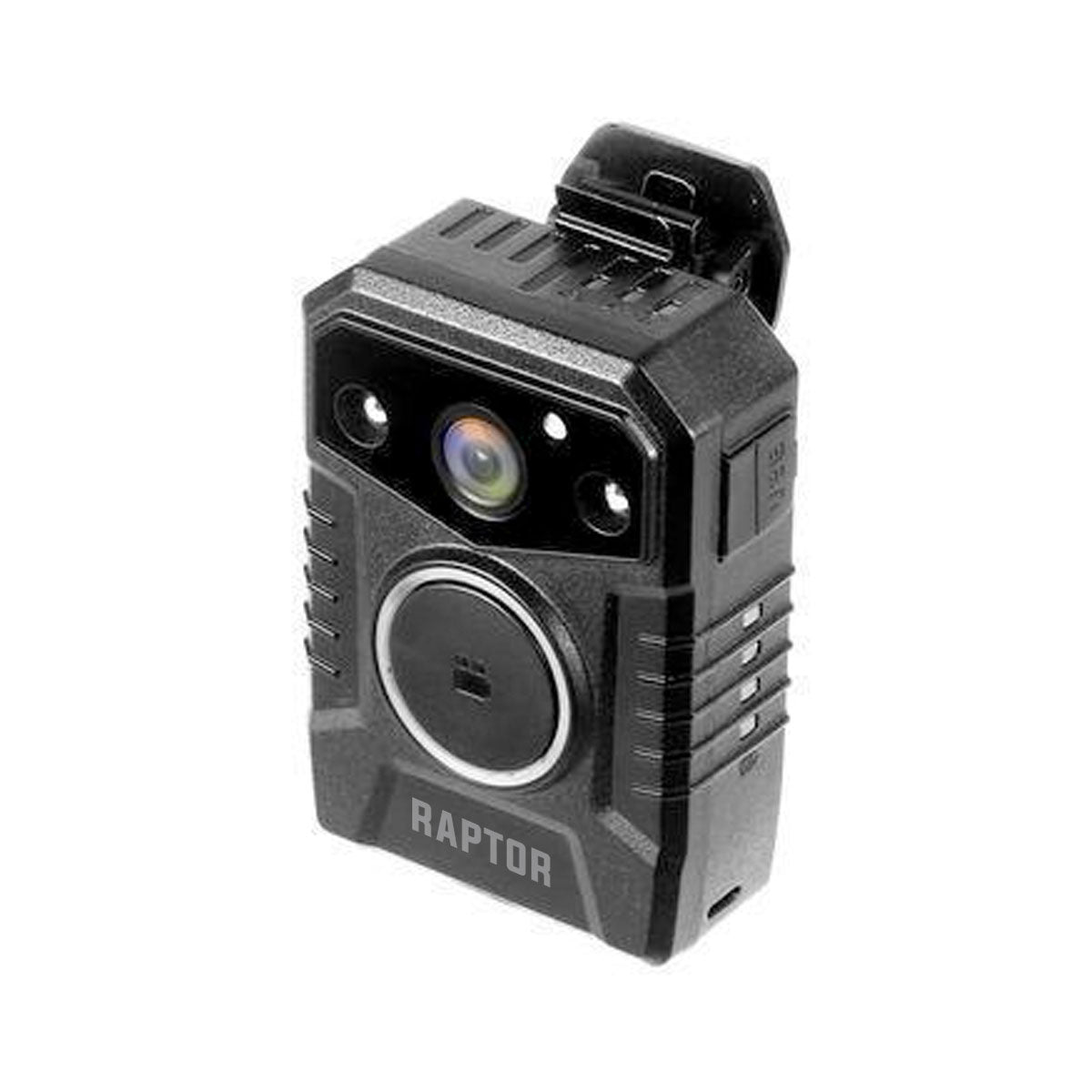Body worn surveillance cameras have become increasingly prevalent in recent years, with law enforcement agencies, security personnel, and even everyday individuals utilizing these devices for a variety of purposes. These cameras provide a valuable tool for capturing real-time footage and gathering evidence, enhancing safety, and promoting accountability.
1. Improved Video Quality and Resolution: One of the most notable advancements in body worn observation camera is the improvement in video quality and resolution. Early models often faced challenges in capturing clear and detailed footage, especially in low-light conditions.

2. Integration with Artificial Intelligence: Another significant development in the future of body-worn surveillance cameras is the integration with artificial intelligence (AI) technologies.
3. Enhanced Battery Life and Storage Capacity: One area that has been a limitation for body-worn surveillance cameras is the battery life and storage capacity. Early models often had limited battery life, which restricted the duration of continuous recording.
4. Improved Connectivity and Data Transfer: It plays a crucial role in the effectiveness of body-worn surveillance cameras. Quick and reliable transfer of footage is essential for real-time monitoring, evidence gathering, and analysis. As technology continues to evolve, improvements in connectivity and data transfer are expected.
Overall, the future of body-worn surveillance cameras is promising, with advancements and innovations that will enhance their capabilities and applications. Improved video quality, integration with artificial intelligence, enhanced battery life and storage capacity, improved connectivity and data transfer, and privacy considerations are all areas that will shape the future of these devices.

